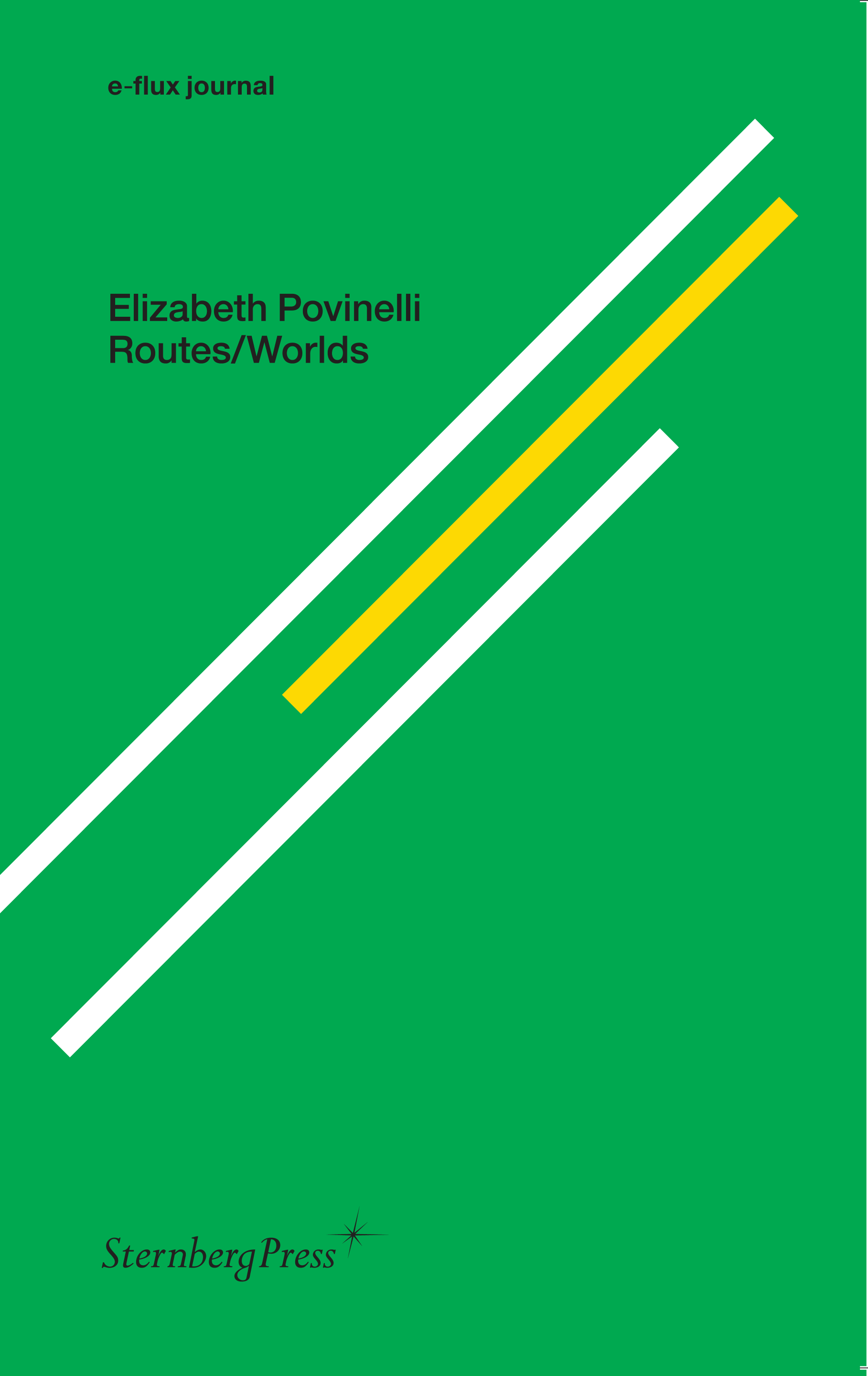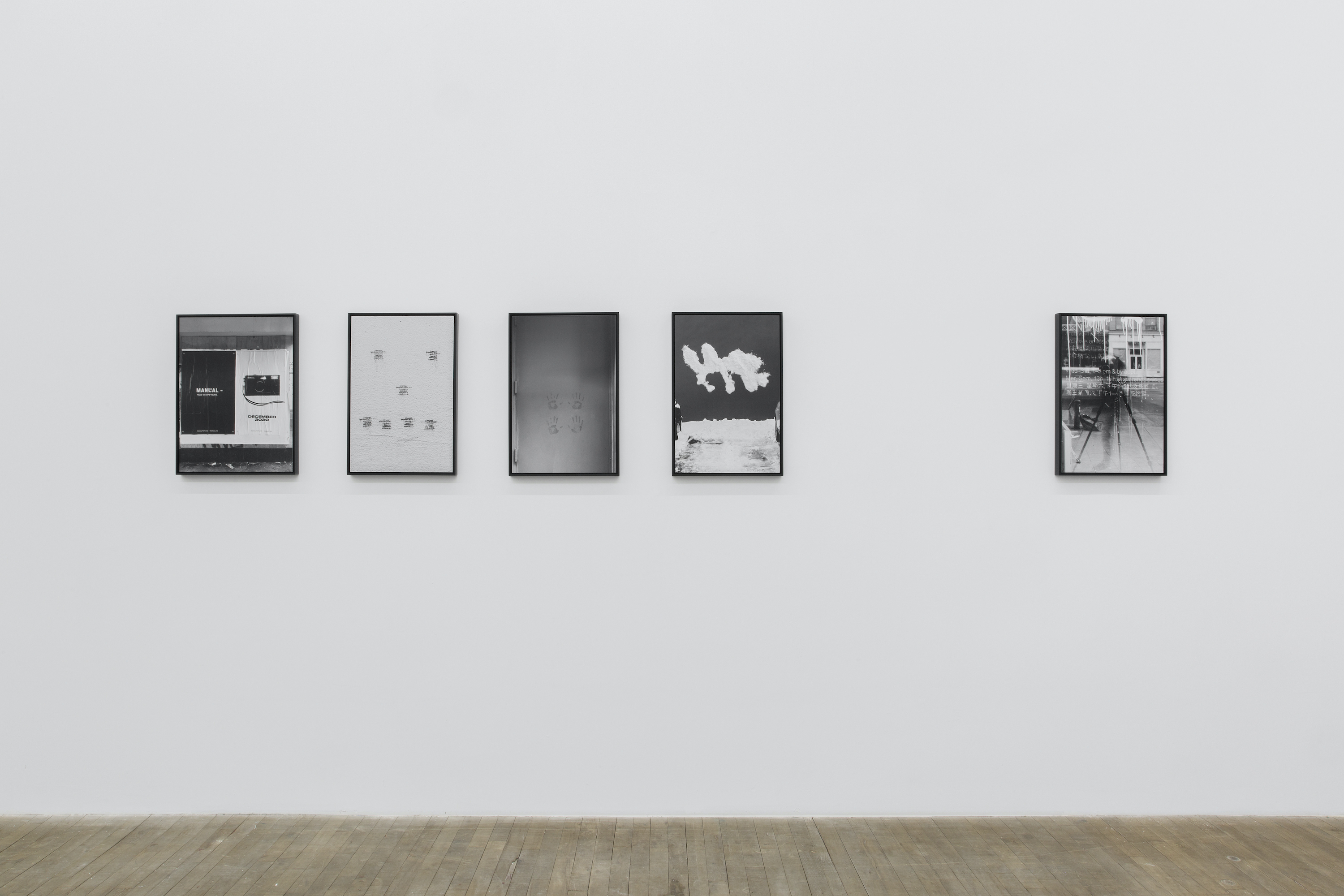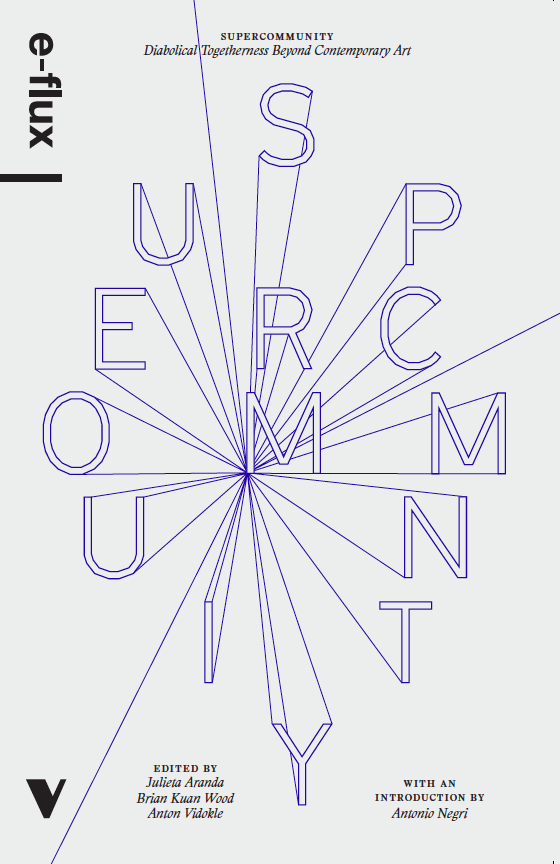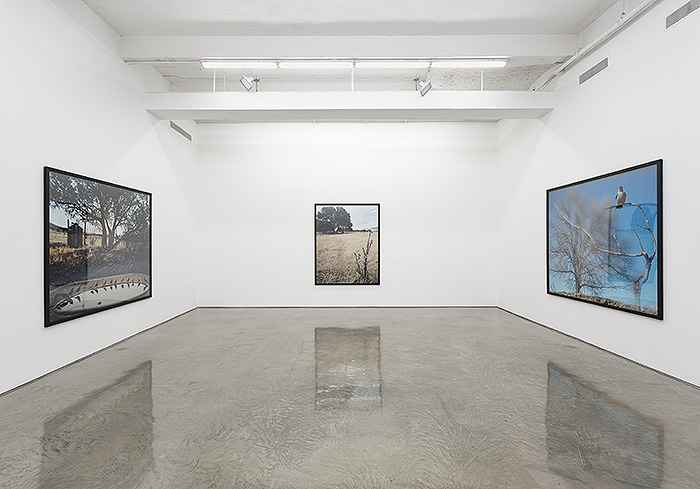Meta is a collaboration between art-agenda and TextWork, editorial platform of the Fondation Pernod Ricard, which reflects on the relationship between artists and writers. Following on from her essay on Dominique Gonzalez-Foerster for Textwork, the novelist Daisy Hildyard considers the importance of unknowing and vulnerability in any critical response to a work of art.
There is a poem by Elizabeth Bishop about a sandpiper, a small seabird who is seen running along the shoreline, stabbing his head in the sand for grubs. On a frantic mission for food, “His beak is focussed; he is preoccupied,/ looking for something, something, something. Poor bird, he is obsessed!” This attention is sadly misplaced: Bishop’s sandpiper, in his “state of controlled panic,” is oblivious to the ocean that roars right next to him.1
The sandpiper is overlaid in my mind with a passage from Virginia Woolf’s diaries in which she describes her experience as an obsessive search for something—but she doesn’t know what. “I have some restless searcher in me. Why is there not a discovery in life? Something one can lay hands on and say ‘This is it’? [...] I’m looking: but that’s not it—that’s not it. What is it?”2 I see her like the bird: pacing with head bent, eyes scanning the ground.
I know the feeling. The sense of energy and focus, emptying into something intractably, invisibly entire, is an accurate description of an impulse to write. It has a particular bearing on art writing. Art writing is scary, because the art world is notoriously cliquey, elitist, and closed, and because you might not get it. But you put yourself at risk for something which is also essentially superficial, in the eyes of many people: a contemporary art writer is a person who labors to understand some joker who has decided to put a lamp in a bucket. A person who peers into this bucket and asks, infinitely earnestly: What is going on in here?
When I was invited to write about the career of Dominique Gonzalez-Foerster I looked at her work onscreen and paged through exhibition catalogues, and something softly glowing caught my eye. Fifteen angular architect lamps inside red, luminously haloed plastic buckets. What is it, what is it? Things pass through my mind. My farmer grandmother’s extensive collection of broken buckets; a comedy sketch involving a desk lamp; swans on dark water... That’s not it, that’s not it. How do these generic, ubiquitous furnishings affect the human bodies they quietly surround? What do objects do when they’re alone? What happens to retired electrics? There could be something there, or there.
I don’t know what Gonzalez-Foerster intended in 1987 when she first exhibited Untitled (15 buckets), or whether this had changed in the exhibitions of 2015 and 2017, or what the work means to her at the present moment. I can draw your thoughts towards twentieth-century designed environments; or theories of the vessel; or towards a feeling that red light might raise in your body… and you can think: no, that’s not it.
If you can’t make sense of what’s in front of you then you are poorly equipped to survive. No wonder that art writing is intimidating. But this is also the drive that animates the process: it keeps us on our toes. A gallery space is a modest environment whose emergent property is that it is kept open there. Even art-world insiders can be surprised by a new form or purpose, a different point. In fact, insiders, who have their existing ideas about what the artwork is and does, are more vulnerable than most to having their ways of seeing and being disturbed. Maybe that’s the pleasure of it. I’ve come to enjoy the tiny risk of not getting it, every time I write about something new and mysterious to me. Restless searching can be an expression of distress—Woolf associates it with depression, Bishop pities the “poor bird.” But the experience, with its qualities of movement and unruliness, doesn’t have to be felt like that. This grain of dark gray sand that’s scraping the sandpiper’s throat tissue, or this scion of primeval algae that’s clinging to his wing feather, or this tide of baby jellyfish washing up around him and slowly drying to death, are more compelling than the categorical ocean in which the sandpiper, wisely, isn’t much interested. If he found one universal it, everything would stop.
Elizabeth Bishop, Elizabeth Bishop: The Complete Poems, 1927-1979 (London: Chatto & Windus / The Hogarth Press, 1983) 131.
Virginia Woolf, “27 February 1926,” in The Diary of Virginia Woolf, Volume III 1925-1930, eds. Anne Olivier Bell and Andrew McNeillie (London: Chatto & Windus, 1980) 62-3.







